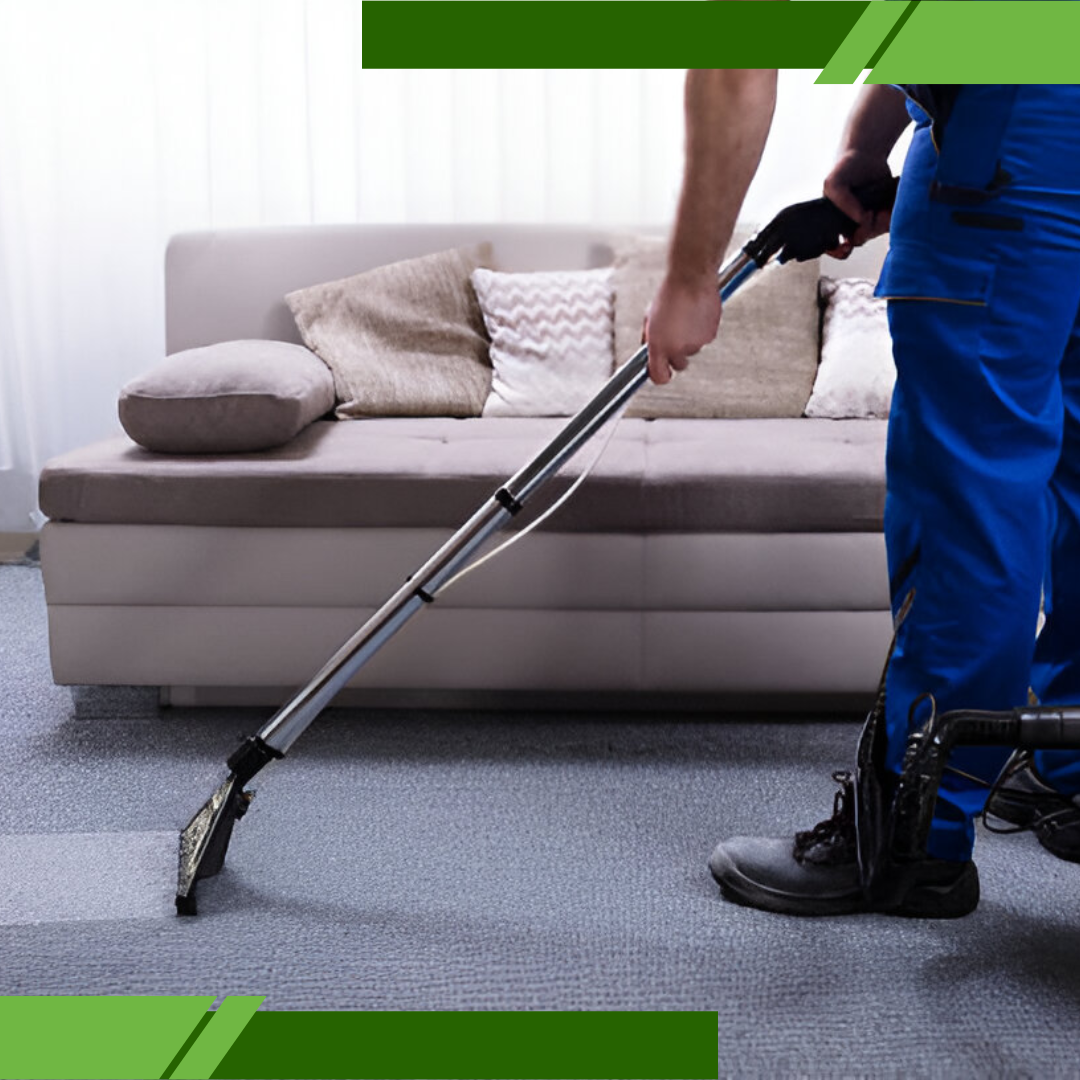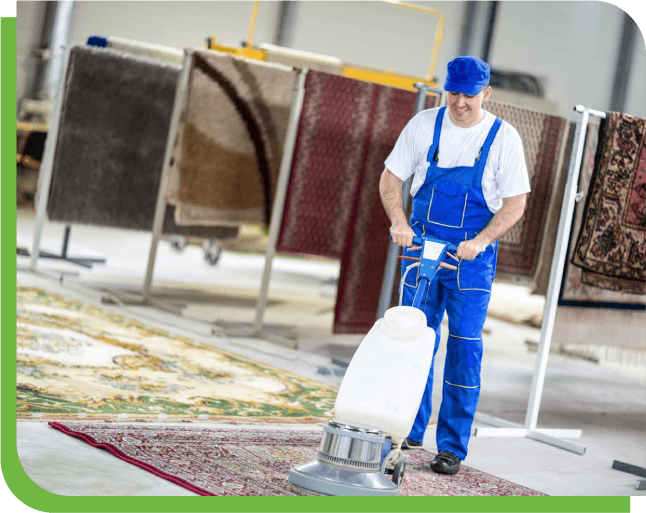Get in touch
Fill this up to proceed

We are committed to providing a world-class carpet, rug, upholstery, drapery or mattress cleaning services that will open your door to a happier and healthier green indoor environment.

When you walk into a cozy living room and feel a sneeze creeping up out of nowhere, your soft and fluffy carpet might be the culprit. A lot of people don’t realize just how much dust, allergens, and microscopic debris can hide deep inside those soft fibers. If you’ve been experiencing sneezing fits, itchy eyes, or a scratchy throat without knowing why, it might be time to look under your feet. Many homeowners are surprised to learn how serious carpet allergies can be—and how common.
Let’s dive into how dirty carpets could be triggering allergic reactions, what signs to look out for, and how to protect your family and home in the simplest way possible.
Carpets don’t just make rooms feel warm and welcoming—they also act like giant sponges for dust, pet dander, mold spores, and pollen. Over time, even if a carpet looks clean on the surface, deep down it can be packed with particles that quietly cause discomfort. For people with asthma, seasonal sensitivities, or carpet allergies, this can be a serious issue.
High foot traffic presses dust and debris deep into the fibers where it’s hard to reach. Moisture from spills or wet shoes can sink in and encourage mold. Pets shed fur and dander that clings to the fibers, and pollen from open windows or shoes gets carried in from outside.
Just imagine a thick carpet in your living room. It might feel great, but it can quietly hold weeks—or even months—worth of airborne irritants. Every time you walk across it, you’re kicking those allergens back into the air. That’s one reason why carpet allergies tend to flare up indoors, especially during allergy season.
It’s not always easy to connect health symptoms to flooring. Many people live with ongoing mild reactions without knowing their carpets are to blame. If you often experience sneezing or coughing at home, a runny nose that only starts indoors, itchy eyes while relaxing on the floor, or even skin irritation after sitting on the rug, these could be signals. Asthma symptoms that get worse inside or a musty odor in the room may also be signs.
Even vacuuming can make things worse if your machine isn’t equipped with a proper filter. Many older vacuums stir up allergens rather than removing them. If any of these issues sound familiar, your home could be affected by carpet allergies more than you think.
Long-term buildup of dust, pet dander, mold spores, and even chemicals trapped in carpet fibers can all contribute to these symptoms. The effects are often subtle but grow worse over time without consistent maintenance. That’s the tricky part—carpet allergies don’t always hit suddenly. They creep in.

Fortunately, there are simple ways to improve your situation. Cleaning regularly using a vacuum with a HEPA filter can help trap allergens instead of circulating them. Focus not just on open areas but also under beds, couches, and other furniture where dust tends to settle. Don’t underestimate the importance of deep cleaning—vacuuming alone won’t reach everything.
A seasonal steam clean can make a big difference by breaking down stubborn buildup and eliminating dust mites. If you own rugs or mats, wash them often to keep them from becoming sources of trapped irritants. Moisture control is also key—use a dehumidifier if necessary to discourage mold.
If you’re living in a coastal location like Manhattan Beach, you’re dealing with humidity, salt, and pollen that can ride in on sea breeze. That’s why it’s especially important to schedule Carpet Cleaning Manhattan Beach regularly. Local experts understand the environmental factors that affect homes in Manhattan Beach, from sandy floors to lingering moisture. Having carpets professionally cleaned ensures deep-down allergens are removed effectively and safely.
Brushing pets outdoors can limit dander in your home. Avoid wearing shoes inside, and always target hidden spots during your routine. These habits, when repeated consistently, can offer serious relief from carpet allergies.
Establishing a pattern—frequent vacuuming, biannual deep cleaning, periodic professional inspections, and grooming routines for pets—creates a healthier home environment. Even in Manhattan Beach where homes are exposed to extra environmental challenges, these steps can significantly lower your risk of irritation due to carpet allergies.
In some cases, even the best cleaning habits don’t resolve the issue. If allergy tests confirm carpet-specific triggers or if mold and mildew continue to return, it might be time to consider replacing your flooring altogether. Symptoms that ease when you’re away from home and return once you’re back indoors are another indicator.
Switching to hard flooring like tile, vinyl, or wood may be more manageable if someone in your household has severe carpet allergies. These surfaces don’t trap allergens and are easier to clean thoroughly. But if you’re someone who loves the softness and warmth of carpet, there’s still hope. With a disciplined cleaning plan and local support, you can maintain your flooring without suffering daily allergy symptoms.
If you’re unsure, consult a professional who can examine your carpets and advise on the most suitable course of action. This is especially important for residents of Manhattan Beach, where environmental allergens may be higher and moisture-related carpet issues more common.
You don’t always have to give up the comfort of carpets. What matters most is being aware of the problem and treating it with consistency and intention. You might be surprised how effective a routine can be in managing carpet allergies long-term.
Carpets are part of what makes a house feel like home. They’re warm under your feet and soft for kids to play on. But without the right cleaning habits, they can become a source of irritation. If you’ve been struggling with indoor allergies, the culprit might be hiding in plain sight.
By recognizing the signs early and taking action, you can avoid long-term health issues and enjoy your space again. Whether that means adjusting your routine, investing in a seasonal deep clean, or choosing a flooring solution that matches your health needs, the power is in your hands.
Need guidance on what might be hiding in your flooring? Start by reaching out to a reliable carpet care provider who can offer expert insights and solutions tailored to your home. There are simple, proven ways to eliminate carpet allergies—and it all begins by taking that first step.
If you notice sneezing, itchy eyes, or congestion mostly when you’re at home—especially in carpeted areas—it’s a strong sign your carpet may be the source. A professional inspection can confirm hidden allergens like dust mites or mold.
Vacuuming helps but may not be enough if allergens are embedded deep within the fibers. Using a HEPA-filter vacuum and scheduling deep cleanings is more effective.
Yes, because professionals use tools and techniques that reach below the surface, removing allergens that regular vacuuming misses. This is especially important if you or your family suffer from asthma or chronic allergies.
Low-pile, tightly woven carpets are better because they trap fewer allergens and are easier to clean. Synthetic fibers like nylon are also more resistant to moisture and mold.
If symptoms persist even after deep cleaning, switching to hard flooring may be the best long-term solution. It eliminates most allergen buildup and is easier to maintain.

We are committed to providing a world-class carpet, rug, upholstery, drapery or mattress cleaning services that will open your door to a happier and healthier green indoor environment.
We are committed to providing a world-class carpet, rug, upholstery, drapery or mattress cleaning services that will open your door to a happier and healthier green indoor environment.